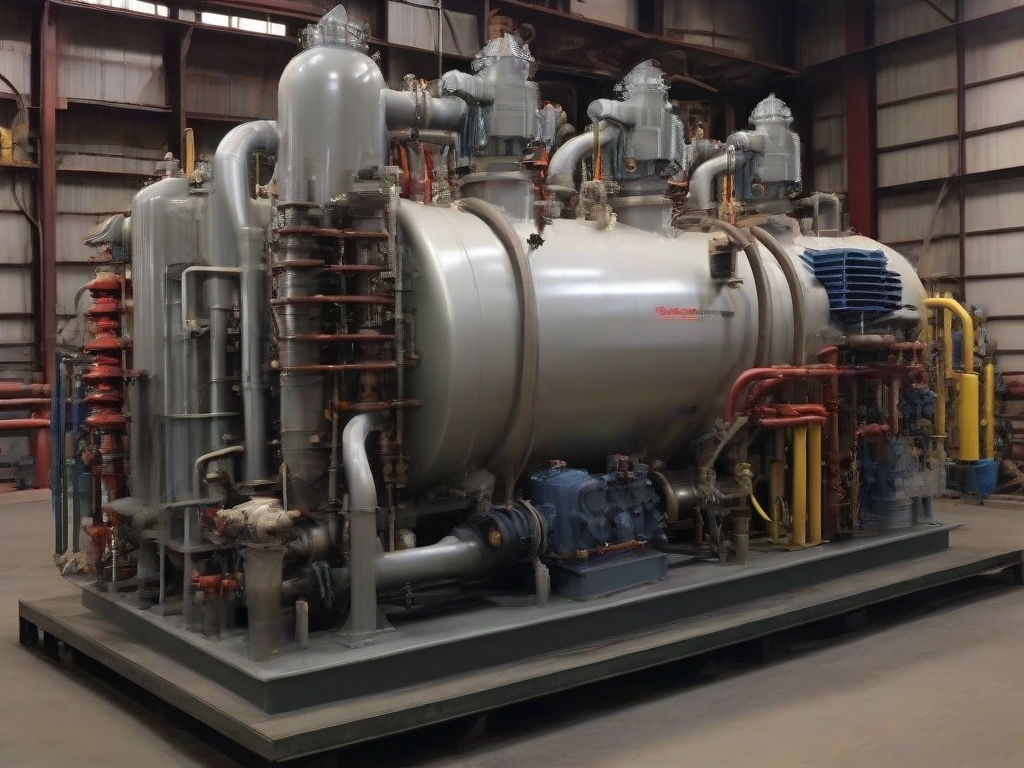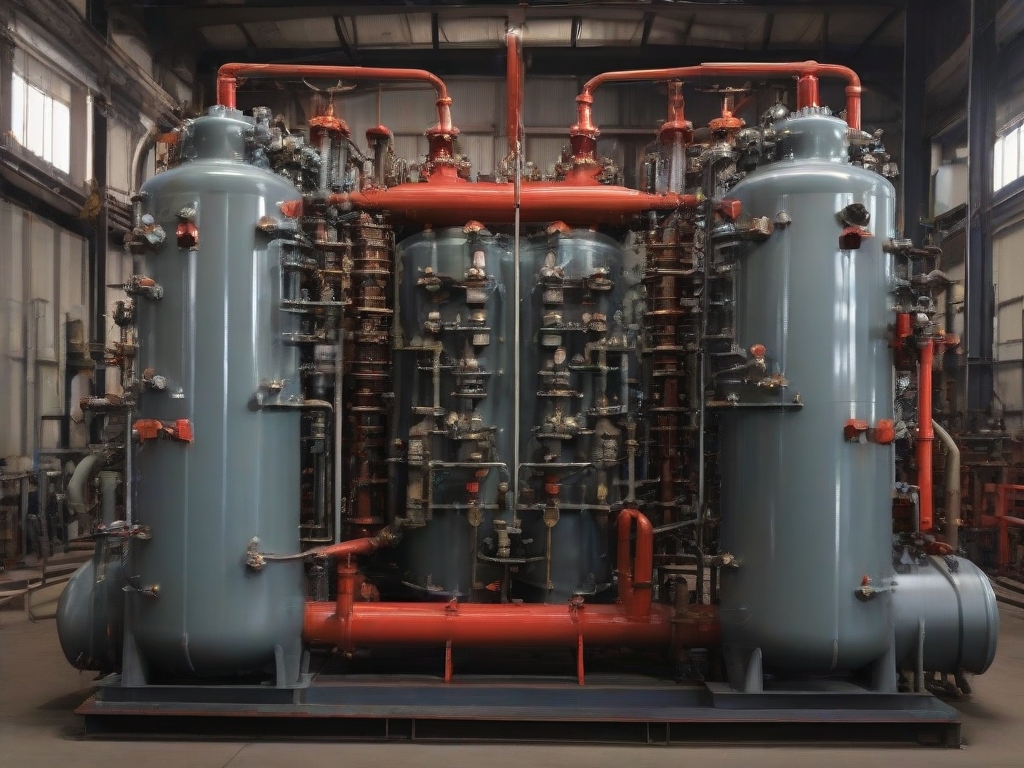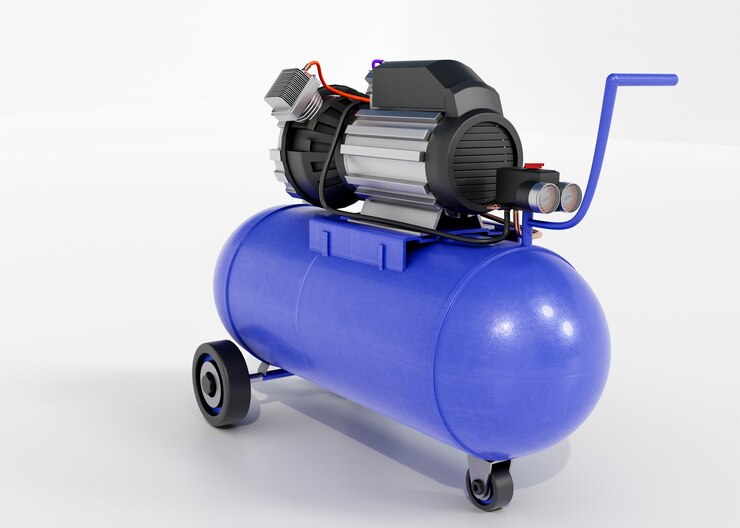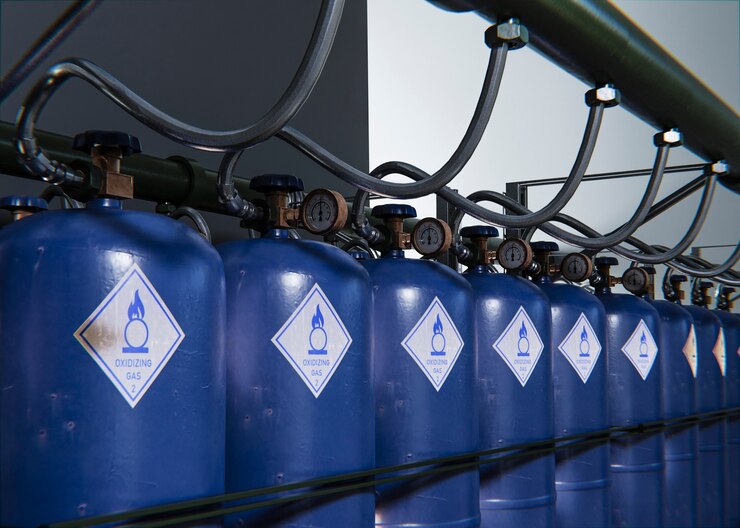Mastering Ethane Compressor: A Comprehensive Guide

Introduction
Ethane compressor involves the process of pressurizing ethane gas to meet specific industrial requirements. This technique is integral to various applications, ensuring the efficient handling and utilization of ethane in industrial processes.
Ethane compression plays a crucial role in enhancing the efficiency of industrial processes, particularly in natural gas processing, petrochemical manufacturing, and cryogenic applications. The ability to compress ethane allows industries to optimize its use, contributing to increased productivity and cost-effectiveness.
Ethane compressors are specialized machines designed to handle the unique properties of ethane gas. These compressors facilitate the pressurization of ethane, enabling its seamless integration into diverse industrial processes.
Properties of Ethane
Ethane is a hydrocarbon with a chemical formula C2H6. It consists of two carbon atoms and six hydrogen atoms, arranged in a linear structure. Understanding ethane’s molecular composition is essential for designing effective compression systems.
Ethane is a colorless and odorless gas at standard temperature and pressure. Its physical properties, including boiling and melting points, significantly impact the compression process. These characteristics must be considered when selecting and designing ethane compressors.
Ethane serves as a crucial feedstock in petrochemical manufacturing, contributing to the production of various chemicals and plastics. Additionally, its use in cryogenic applications and as a refrigerant highlights its versatility in industrial processes.
Industrial Uses of Ethane Compressors
Ethane is often found in natural gas deposits, and its recovery is a key step in natural gas processing. Ethane compressors aid in separating ethane from the gas mixture, allowing for its efficient utilization or further processing.
In petrochemical plants, ethane is a valuable raw material for producing ethylene and other chemical compounds. Ethane compressors ensure a stable and controlled supply of ethane to meet the demands of various manufacturing processes.
The use of ethane in cryogenic applications, such as liquefied natural gas (LNG) production, requires precise compression. Ethane compressors play a vital role in maintaining the required pressure and temperature conditions for these processes.
Types of Ethane Compressors
Positive Displacement Compressors
- Reciprocating Compressors
Reciprocating compressors use a piston-cylinder arrangement to compress ethane. These are suitable for low to medium capacity applications and offer high efficiency.
- Rotary Compressors
Rotary compressors, including screw and vane compressors, provide continuous compression, making them ideal for applications with varying ethane demand.
Dynamic Compressors
- Centrifugal Compressors
Centrifugal compressors use a high-speed rotating impeller to impart kinetic energy to ethane, which is then converted into pressure. They are well-suited for high-capacity applications.
- Axial Compressors
Axial compressors use axial flow to compress ethane. They find applications in processes requiring a continuous flow of compressed gas.
Key Design Considerations
The composition and purity of ethane influence the design of compressors. Understanding the specific requirements of the industrial process ensures the selection of a suitable compressor design.
Ethane compression must operate within specified pressure and temperature ranges. Compressor designs must consider these factors to ensure safe and efficient operation.
The corrosive nature of ethane requires careful consideration of materials used in compressor construction. Compatibility with ethane is crucial to prevent degradation and ensure long-term reliability.
Ethane Compression Process

The compression process begins with the intake of ethane gas, followed by compression and cooling to remove heat generated during compression.
In multi-stage compression, intermediate stages increase the pressure gradually, optimizing efficiency and minimizing heat buildup.
The final compression stage brings ethane to the required pressure for its intended application. Discharge processes may involve additional cooling or further processing.
Safety Measures in Ethane Compression
Ethane is flammable and poses explosion risks. Safety measures include proper ventilation, gas detection systems, and adherence to safety protocols to mitigate these risks.
Well-designed ventilation systems and gas compressor detection technology are essential for ensuring a safe working environment and early detection of potential hazards.
Establishing clear emergency shutdown procedures is critical to responding swiftly to any safety-related issues during ethane compression operations.
Maintenance and Reliability
Routine inspections and monitoring of ethane compressors are essential to identify potential issues early and ensure consistent performance.
Proper lubrication and cooling systems are vital for preventing wear and overheating, contributing to the overall reliability and longevity of ethane compressors.
A comprehensive understanding of common issues, such as leaks or mechanical failures, is crucial for effective troubleshooting and maintenance.
Environmental Considerations
Efforts to control and reduce emissions from ethane compression contribute to environmental sustainability. Implementing emission control technologies and practices aligns with evolving environmental standards.
Optimizing energy efficiency in ethane compression helps reduce operational costs and environmental impact. This can involve adopting advanced technologies and efficient compressor designs.
Adherence to local and international environmental regulations is paramount to ensure ethane compression activities align with legal and environmental standards.
Emerging Technologies in Ethane Compression
Incorporating advanced control systems enhances the precision and efficiency of ethane compression processes, allowing for real-time adjustments and optimizations.
Exploring the integration of renewable energy sources, such as solar or wind power, into ethane compression systems contributes to sustainability efforts and reduces dependency on traditional energy sources.
Ongoing innovations in ethane recovery processes aim to improve efficiency and reduce waste, aligning with the broader goals of sustainable industrial practices.
Case Studies in Ethane Compression
Examining real-world applications showcases the versatility and effectiveness of ethane compression across diverse industrial sectors.
Understanding challenges faced and successfully overcome in past ethane compression projects provides valuable insights for future implementations.
Extracting lessons learned from previous ethane compression projects helps refine best practices and improve the overall effectiveness of future endeavors.
Future Trends and Developments
Anticipating the increasing demand for ethane in industrial processes sets the stage for future developments in ethane compression technology and applications.
Ongoing advancements in compressor technology are expected to enhance efficiency, reliability, and environmental sustainability in ethane compression.
The evolving landscape of sustainability initiatives will likely influence the direction of ethane compression, with an increased focus on eco-friendly practices and technologies.
Conclusion
Summarizing the key concepts covered in this comprehensive guide provides a quick reference for understanding ethane compression.
Highlighting the crucial role of ethane compressor in industrial processes emphasizes its significance in various applications.
Concluding with a forward-looking perspective acknowledges the dynamic nature of ethane compression and the need for continuous adaptation to emerging technologies and industry trends.



